Tetralogy of Fallot (TOF)
The heart is made up of 4 chambers: two filling chambers (medical term: right and left atria) and two pumping chambers (medical term: right and left ventricles). In the normal heart, the left ventricle pumps blood to the body and the right ventricle pumps blood to the lungs.
The left heart contains oxygen-rich blood for the body. The right heart contains oxygen-poor blood, which is pumped through the lungs to be filled with oxygen
» Click here to take an animated tour of the normal heart
Tetralogy of Fallot (TOF) describes four changes in the heart:
- Right ventricular outflow tract obstruction = Blood flow out of the right ventricle is reduced due to a blockage
- Right ventricular hypertrophy = thickening of the wall of the right ventricle
- Ventricular septal defect = a hole in the wall separating the two lower chambers of the heart (see also VSD)
- An overriding aorta = the aortic valve sits above the VSD. This leads to mixing of blue (low oxygen) and red (high oxygen) blood.
- Babies born with TOF are often called ‘blue babies’ because their oxygen levels are low.
Is this common?
TOF is one of the most common heart defects that we see.
If I was born with TOF, what do I need to know?
Most patients with TOF will have had a surgical repair. Later on, people with repaired TOF may have new heart problems that need to be treated with or without symptoms.
You should tell your doctor about the following symptoms:
- Difficulty keeping up with friends when exercising
- Difficulty walking up stairs
- Feeling out of breath
- Chest pain
- Palpitations
- Dizzy spells
- Fainting episodes or black-outs
- Increasing tiredness (for no clear reason)
- Swelling in the legs
- Unexplained fevers, sweats and chills
Will I need treatment as I get older?
Because new heart problems can occur even before symptoms show up, you should be seen regularly by a heart doctor.
Heart ultrasounds (Echos), CTs and MRIs are used to monitor the strength of the heart.
Treatment can include:
- Pills to control the heart rate
- Pills to help keep the heart strong
- Blood thinners
- Devices to open up narrowed vessels/connections (by cardiac catheterization)
- Pacemakers to help regulate the heart beat
- Surgery to relieve valve narrowings, or to replace leaky valves
This program was developed by:



